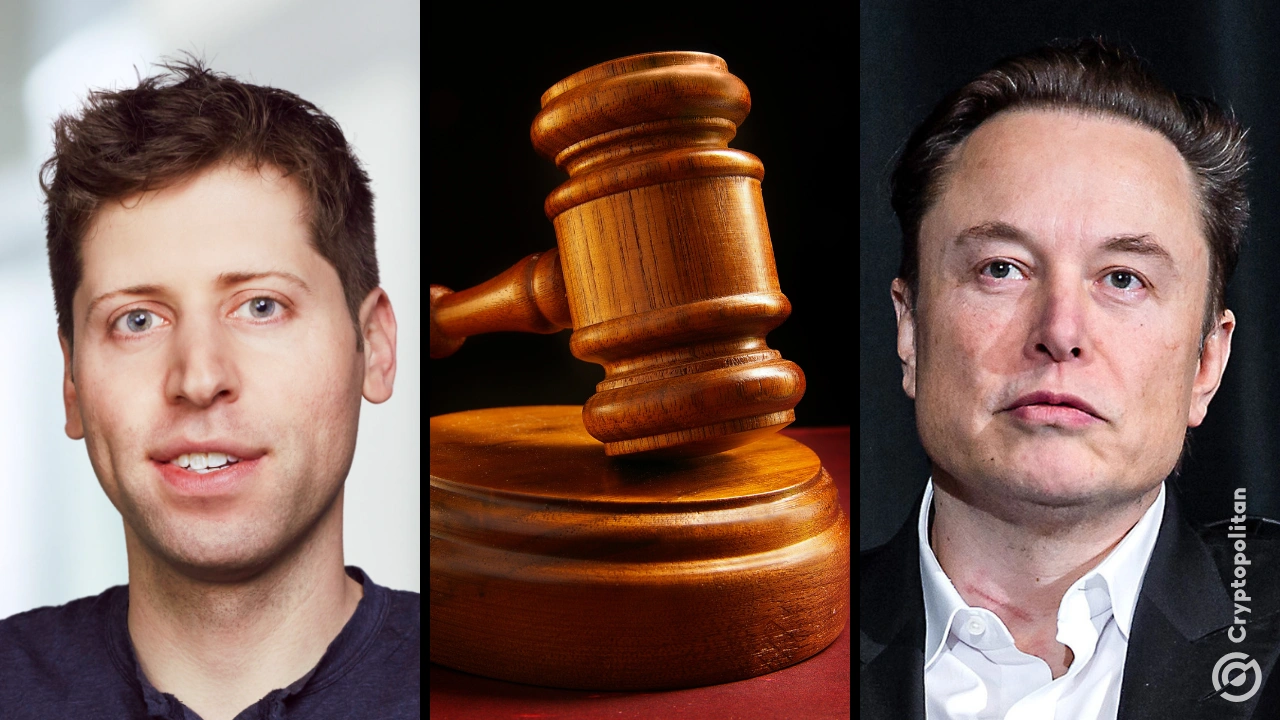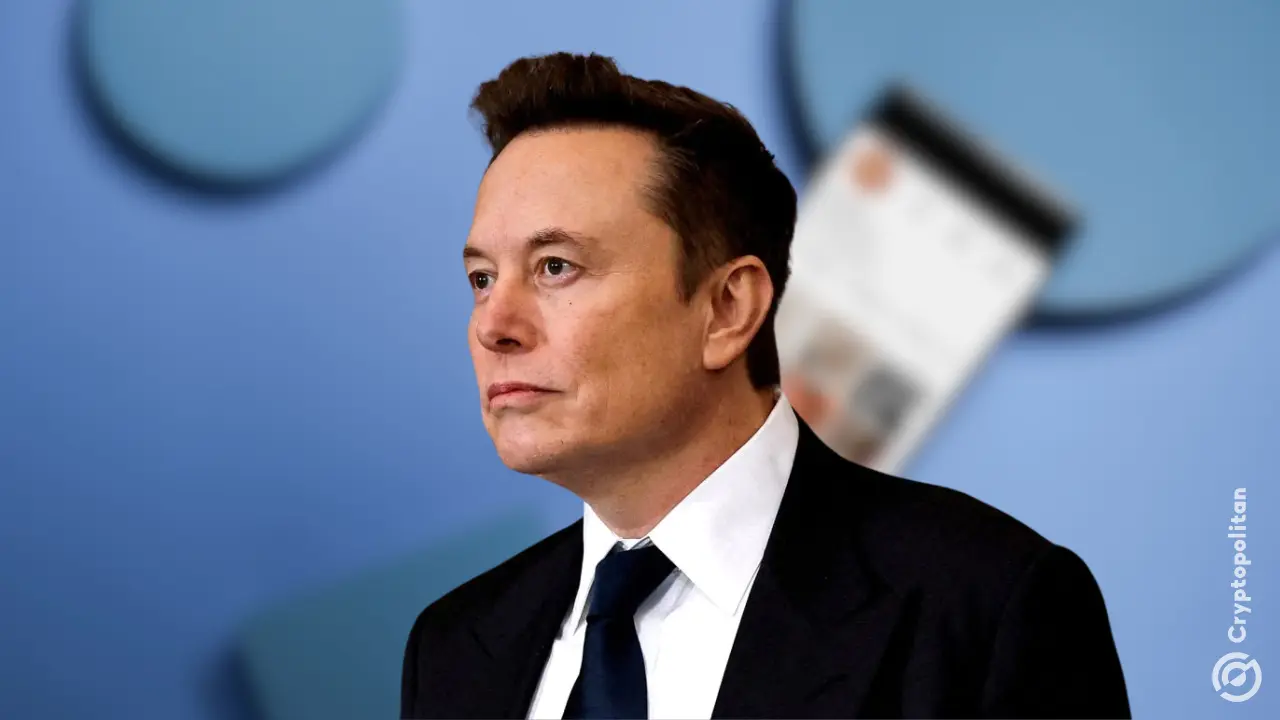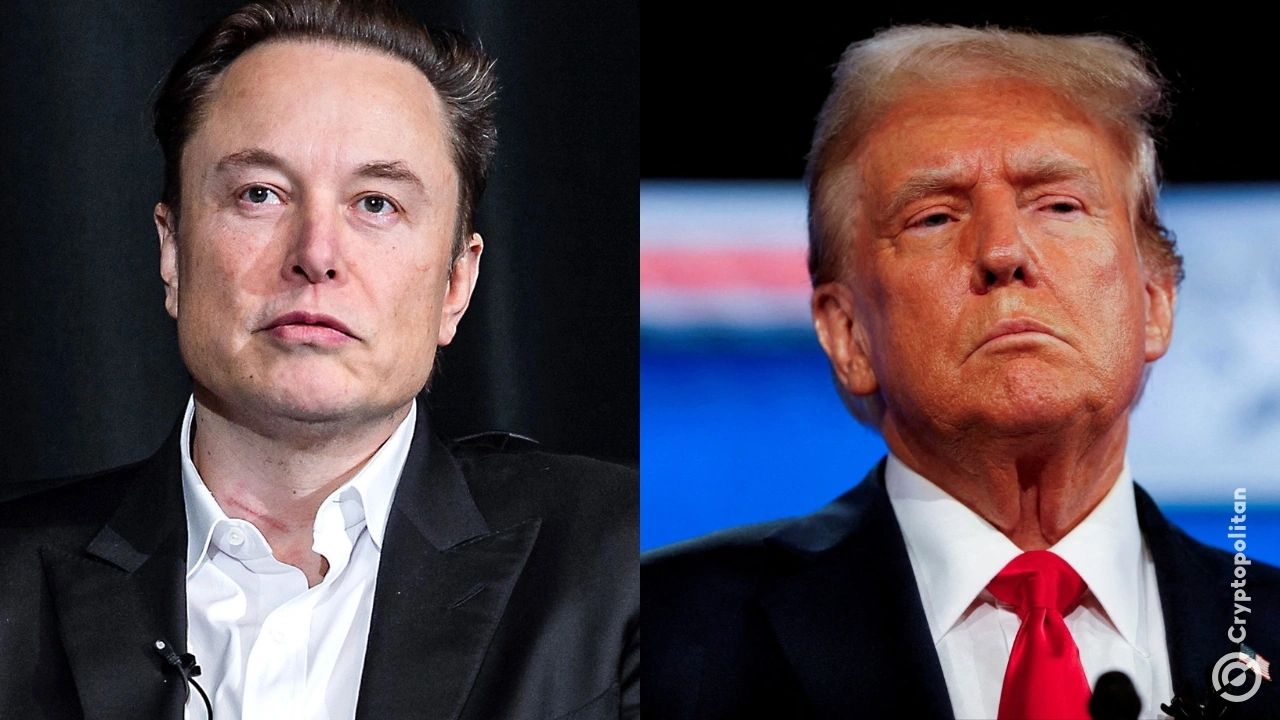SpaceX plans to launch its massive Starship rocket to Mars by the end of 2026, carrying Tesla's humanoid Optimus robot, CEO Elon Musk said Thursday, doubling down on previous statements he shared last month.
The uncrewed mission aims to test landing reliability before potential human flights begin as early as 2029.
The 403-foot-tall Starship, already tapped by NASA for its Artemis lunar program, would mark humanity's most ambitious Mars effort to date. Five launches are planned to coincide with the next Earth-Mars transfer window, a period that occurs roughly every 26 months when the planets' alignment allows for more efficient travel. Each trip is estimated to take between 80-150 days, covering between 34 and 250 million miles (54 and 401 million kilometers) depending on the launch date.
Musk said a few weeks ago that while human landings could theoretically follow by 2029, a 2031 timeline appears "more likely" if the initial uncrewed missions prove successful. This would push the achievement well beyond previous pinky promises of putting humans on Mars by 2024.
Experts aren’t buying it
Elon Musk may be optimistic, but space experts are skeptical, to say the least. Derrick Pitts, former chief astronomer at the Franklin Institute, said there is a "long list of practical challenges" that must be dealt with—to the point of pushing the date at least 30 years in order for experts to be comfortable with a mission.
"Could it happen this decade? It could, but with a whole lot of risk. But if you give me three decades, I could see how the risk could possibly drop to an acceptable level," he told Newsweek.
University of Arizona astronomy professor Chris Impey deemed the 2026 schedule "implausible." "If you take Starship as the vehicle (...) there were partial successes and partial failures," Impey told the publication. He suggested 2040 represents a more realistic target for human Mars missions.
Peter Hague, a former NASA scientist and professor at the University of Central Florida, is also cautious about SpaceX's ambitious goals.
“Musk wants his team to take a Saturn V class rocket they fly quarterly and make it fly weekly in two years,” he wrote on X last September. “I have little doubt they can fly something towards Mars in that timeframe, but they will almost certainly fall short of the target.”
How the Mars trip will happen
The Mars voyage would feature multiple technological firsts. Starship, designed for full reusability to slash space exploration costs, would need to demonstrate reliable propulsive landing through Mars' thin atmosphere—a challenge no spacecraft has accomplished at the Red Planet's scale before.
Tesla's Optimus robot would be tasked with performing preparatory work for future human settlement. Standing 5 feet 8 inches tall and weighing 125 pounds, the humanoid machine can reportedly walk on two legs, handle objects with precision, reach speeds up to 5 mph, and carry up to 45 pounds. Musk previously claimed the robot could cost between $20,000 and $30,000, and even less “over time.”
This would also be a first for the industry, as rovers have proven more practical for exploration tasks.
Despite progress with recent test flights, including a controlled splashdown three weeks ago, Starship development has faced setbacks. A recent mid-flight explosion as recently as March 2025 underscored ongoing engineering challenges.
The mission faces formidable technical hurdles beyond vehicle development. Refueling in orbit, which likely requires up to 20 tanker launches for a full refill, presents a major challenge, as Peter Hague described. For eventual crewed missions—which Musk wants to happen in this decade—no human-rated deep-space vehicle exists yet, and Starship would need rigorous life-support testing.
A return journey from Mars would demand either pre-transported fuel or production from Martian resources—technologies yet to be demonstrated at scale. Cosmic radiation exposure during the lengthy journey also remains a serious health concern.
The mission could also carry an extraordinary price tag. Scientific American reports the overall Mars program could cost trillions of dollars—which Musk, despite being the richest dude on Earth, sadly doesn’t have.
If the Mars mission is successful, then Musk’s SpaceX would drive the space industry forward and register its major achievement in history.
But if not, then it would be yet another unfulfilled promise by Elon Musk, sitting in the same locker as California’s Hyperloop, Mars colonization by 2024, full self-driving cars, America being COVID free by April 2020, and Twitter becoming a heaven free from spambots after he owns it.
Edited by Andrew Hayward
















No comments yet